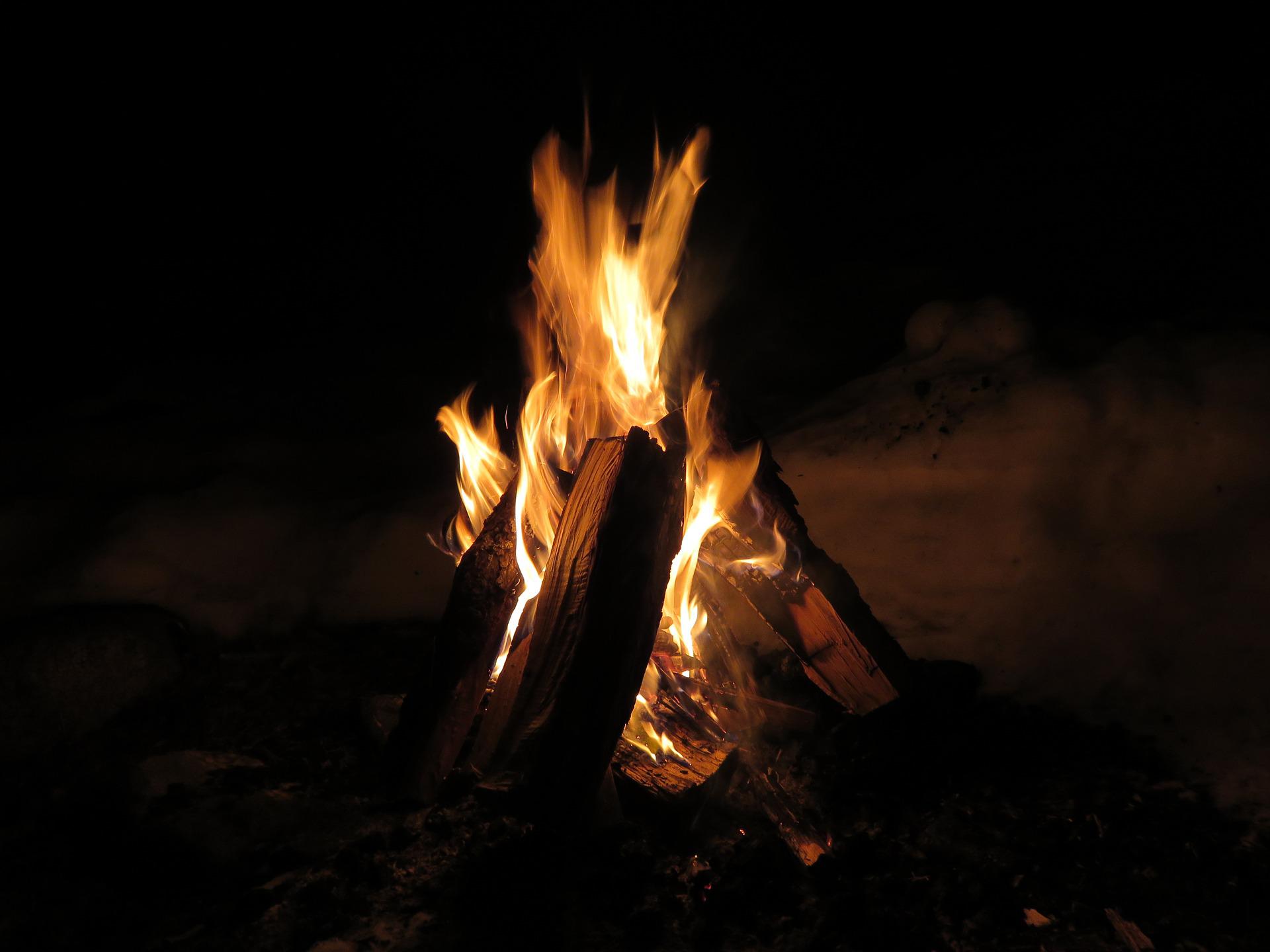
...somewhere in Reggane, Algeria, 26°15'37.1"N 1°18'47.8"W
- Algerian Desert -
Welcome to the desert!
Listen to the sound of the crickets...
Ready to sweat? Going into the desert for survival training, the heat will be your constant companion. But not only that: Desert climate is largely characterized by contrast. During the day, the temperatures rise to an average of 100°F, while at night, they fall to around 25°F. This is because the air is so dry that heat escapes rapidly at night. Being part of the subtropical climate zone, aridity is also typical for deserts, as they only get about 10 inches of rain per year – the least amount of rain compared to the other biomes of the world. The vegetation consists of cacti, small bushes, and short grasses, which mostly have adaptations to compensate for the lack of water. For instance, they store water in their stems.
Since the human body is not automatically designed to save water and energy in order to survive in such a dry climate, we have to make up for that by adapting our behavior. Here's what you need to keep in mind:
The best way to protect you from the low temperatures at night is to make a fire.
Besides providing warmth, it can also serve as a signal for rescuers trying to find you.
Sage and dry brush make for good kindling, as do dry animal droppings.
Down below, you’ll find a tutorial on how to make a fire.
It might not sound fitting for an environment like the desert, but covering your skin with clothes, especially your head, is essential when being in a place with high sun exposure. It keeps you from getting sunburned and having a heatstroke.
If you don’t have any bottled water with you, finding a source of water is one of your priorities.
Humans can survive around three weeks without food, but only three to four days without water. Hence, being properly hydrated is an absolute necessity in the desert.
Common sources of water are dried-up river beds, morning dew, or cactus pulp.
For a detailed guide on how to find water in a desert, see below.
Staying put is far more energy friendly than running around looking for something edible in the form of meat or plants. As we know, the average human being can last three weeks without eating but not nearly as long dehydrated. Keeping water inside your body rather than sweating it out is the better goal for survival. If you decide to search the area for food or water, do it at night.
While sitting down might be inviting, it is actually best to stay off of the ground whenever possible, since it can be upward of 30 degrees hotter than the air temperature. If you need to sit or lie down, make yourself a cushion to sit on. You want to try and put at least a foot and half between your butt and the desert floor.
Even if you had matches, you wouldn’t be able to start a fire without tinder. Any dry material is very easy to light. Small twigs or any kind of wood, but also rope fiber, thin threads from clothing, wool, or animal hair should work well.
Though it takes some preparation, using flint and steel is one of the most effective ways to light a fire. Many survivalists carry flint and steel kits or other firestarting tools with them, since they’re small, robust, and relatively cheap. Rubbing the steel and flint produces sparks which can help you to ignite a fire. Once you see a glow and some smoke, blow onto it to get the embers going.

For this technique, all you need is lots of sunlight and some kind of glass with a convex shape – a magnifying glass or eyeglasses, the lens from binoculars or a camera, or even a mirror. Position the glass horizontally between the sun and your tinder, so that a circle of light forms on the ground beneath it. Then, move the glass until the circle of light gets as small, concentrated and as round as possible. It should get brighter as the light gets more concentrated. You may get some smoke without flames, in which case you need to blow on the embers whilst holding the glass in place, to get it going better.
Humans can’t exist without water, and neither can plants: Even a single plant means that there must be water somewhere. Aim for the greenest plants you can see – the greener, the more water they need. Don’t forget to check stumps and downed trees as well, as they often absorb and hold water.
Of course, wildlife can’t survive without water, either. A group of animals, such as birds, lizards, snakes, or insects, is a very promising sign that water is nearby. Midges and mosquitos need water to breed, and they are a main source of food for most reptiles, so either of them will always stay near a water source. In case you don’t see any animals, keep an eye out for tracks or trails, especially ones leading downhill. If you follow them, you might find water.

Your chances of finding water are best when you find a dry streambed or riverbed. Even though the surface water might have evaporated, it doesn’t mean that there is no water left at all. The best spot to start digging is right in a bend; that’s where water eroded the bank and is most likely to have gotten stuck and settled into the bed. If you dig for water, a comfortable way is to make a hole that's about one feet deep and then wait for water to collect. It might take a couple of hours for the hole to fill, but it's definitely more energy saving than digging deeper. Gather the water by soaking it up with a cloth and squeezing it into a container.
Before dawn, you can check nearby vegetation for dew. To gather it, pass an absorbent cloth over the dew. Once you’ve gathered enough, squeeze it into a container.
Another way to collect water is to warp plastic bags around plants, sealing them shut around the stem. Due to the plant releasing vapor, a small amount of water will gather in the bag.
... Alright, that was it!
Where do you want to go next?

